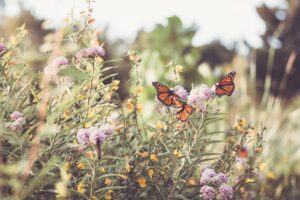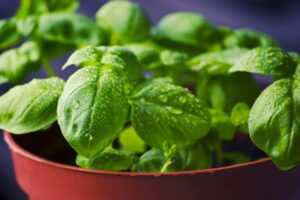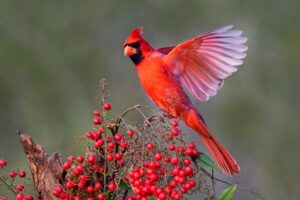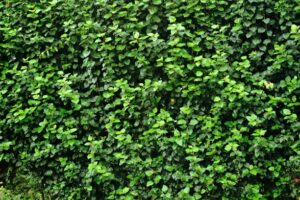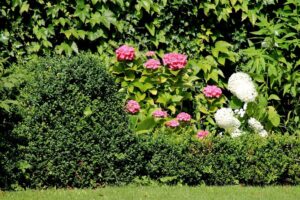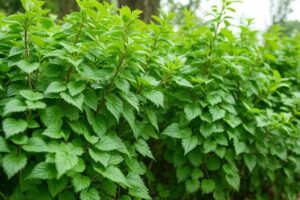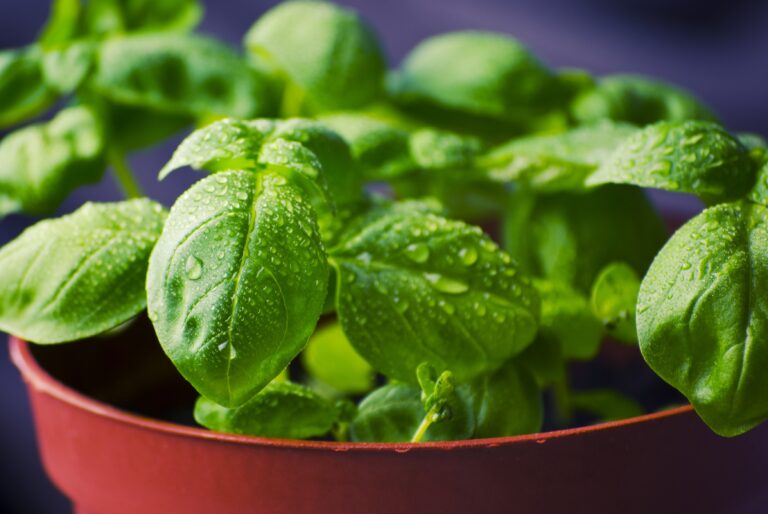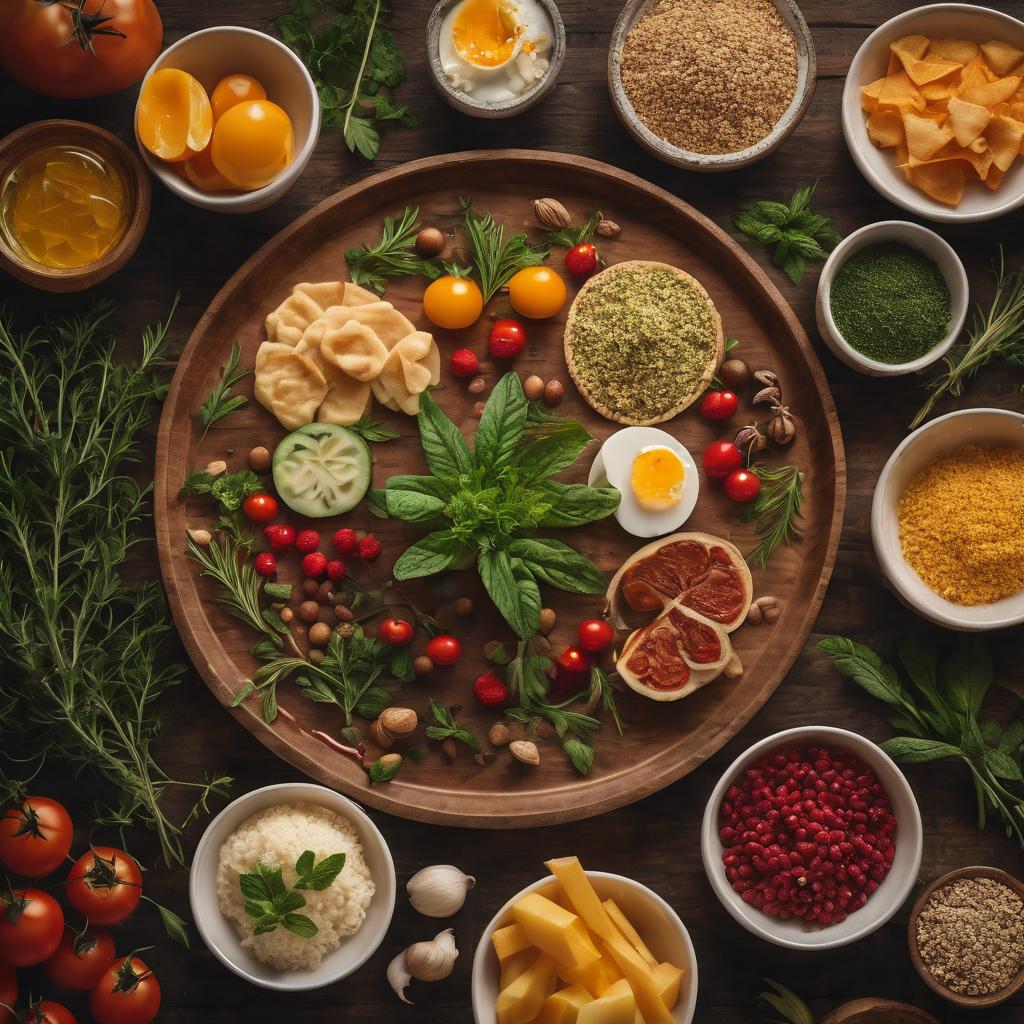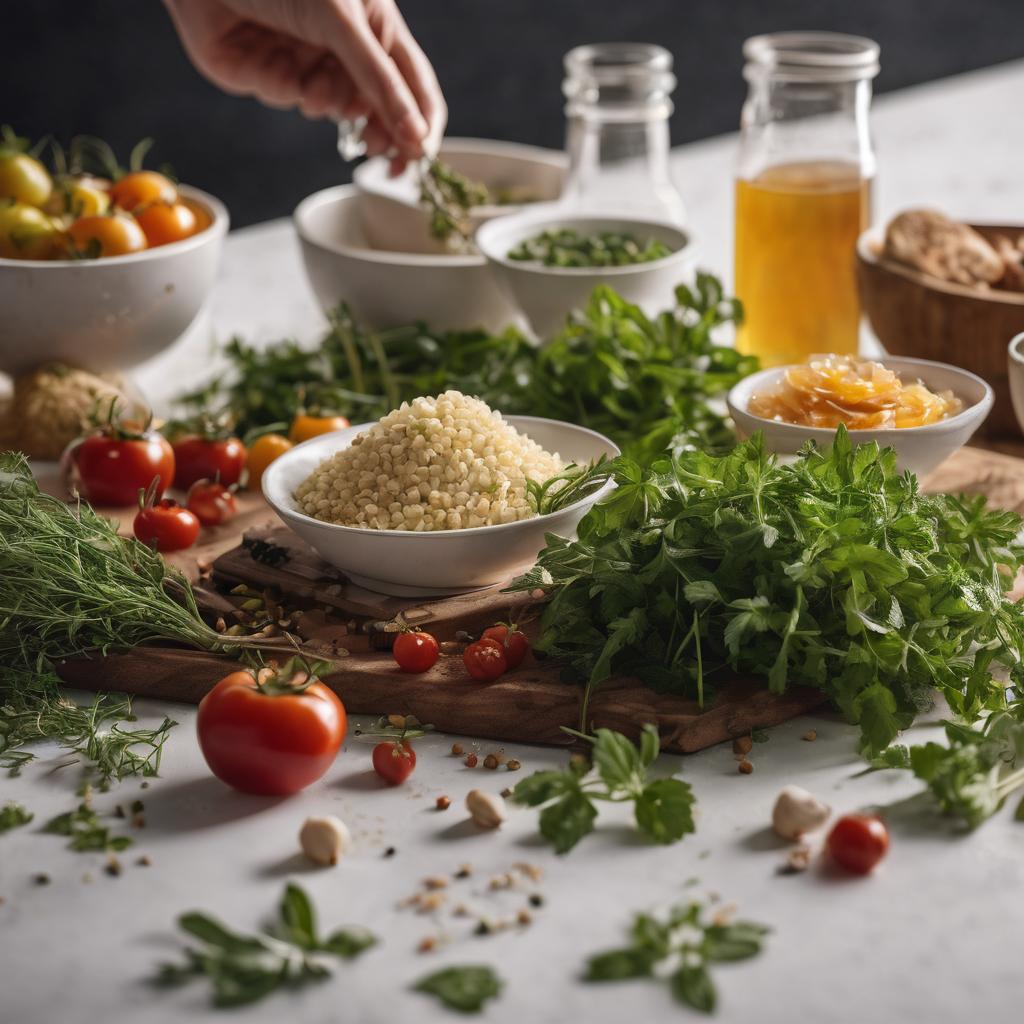The Origins of Herbal Tea: Tracing its Roots
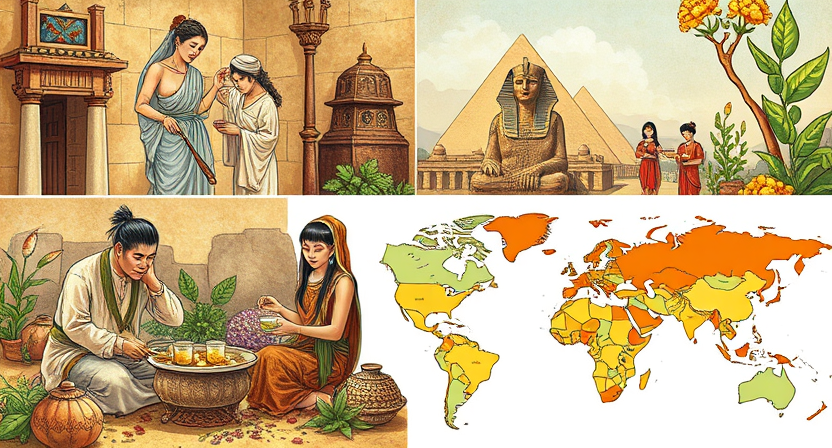
Herbal tea, also known as tisane, has a rich and fascinating history that dates back centuries. Its origins can be traced to ancient civilizations across the globe. In ancient China, herbal teas were consumed for their medicinal properties and were believed to promote overall well-being. The Egyptians, on the other hand, brewed herbal concoctions using local herbs and spices for their aromatic flavors. Similarly, Indigenous cultures in the Americas used indigenous plants and herbs to brew their traditional herbal teas. From these humble beginnings, the practice of drinking herbal tea spread throughout the world, encompassing diverse cultures and traditions.
Each culture added its own unique touch to herbal tea, incorporating local ingredients and techniques. In Japan, for example, herbal tea known as “herb tea” or “yūcha” is made using a blend of flowers, herbs, and fruits. In India, Ayurvedic herbal teas, such as ginger and turmeric, are popular for their healing properties. Across Europe, traditional herbal teas like chamomile, peppermint, and rosehip are deeply ingrained in the culture, with centuries-old recipes being passed down from generation to generation. By exploring the origins of herbal tea, we gain a deeper appreciation for the cultural heritage and diverse traditions that have shaped this beloved beverage.
• Herbal tea, also known as tisane, has a rich and fascinating history that dates back centuries.
• Its origins can be traced to ancient civilizations across the globe.
• In ancient China, herbal teas were consumed for their medicinal properties and overall well-being promotion.
• The Egyptians brewed herbal concoctions using local herbs and spices for aromatic flavors.
• Indigenous cultures in the Americas used indigenous plants and herbs to brew traditional herbal teas.
• The practice of drinking herbal tea spread throughout the world from these humble beginnings.
Each culture added its own unique touch to herbal tea:
– In Japan, “herb tea” or “yūcha” is made using a blend of flowers, herbs, and fruits.
– Ayurvedic herbal teas like ginger and turmeric are popular in India for their healing properties.
– Traditional herbal teas like chamomile, peppermint, and rosehip are deeply ingrained in European culture with centuries-old recipes being passed down through generations.
By exploring the origins of herbal tea:
– We gain a deeper appreciation for cultural heritage
– We understand diverse traditions that have shaped this beloved beverage.
Understanding the Different Types of Herbal Tea
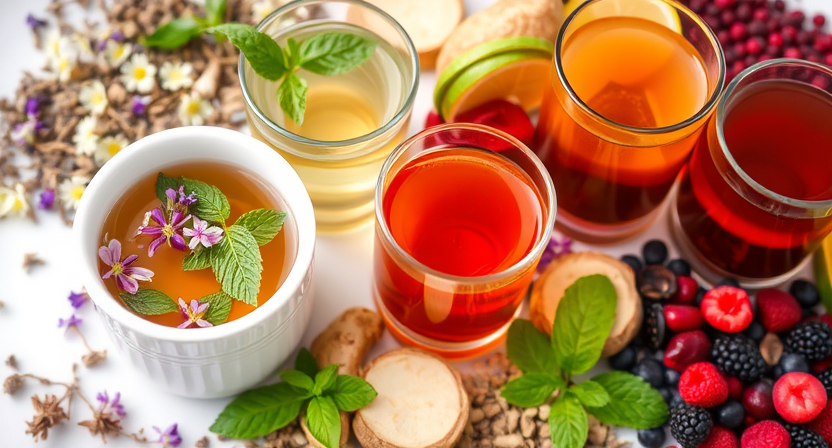
Herbal tea, also known as tisane, encompasses a wide variety of beverages that are derived from plants. Unlike traditional tea, which is made from the leaves of the Camellia sinensis plant, herbal teas are often caffeine-free and have a distinct flavor profile. One of the most popular types of herbal tea is chamomile, which is known for its calming properties and delicate floral taste. Other common varieties include peppermint tea, which offers a refreshing and soothing effect on the senses, and ginger tea, which boasts a spicy and invigorating flavor. Each type of herbal tea has its own unique characteristics and potential health benefits, making it important to explore the different varieties to find the ones that best suit your tastes and needs.
Another popular category of herbal tea is fruit-infused tea. These teas are made by combining dried fruits with herbs, resulting in a vibrant and flavorful brew. Fruit-infused teas often feature ingredients such as berries, citrus, or tropical fruits, providing a naturally sweet and refreshing taste. Some common fruit-infused teas include hibiscus tea, which showcases a tangy and tart flavor, and berry blends, which offer a burst of fruity goodness. Whether you prefer a hot cup of herbal tea on a chilly day or an iced version to quench your thirst in the summer months, fruit-infused teas are a delightful choice that can be enjoyed throughout the year.
• Chamomile tea: known for its calming properties and delicate floral taste
• Peppermint tea: offers a refreshing and soothing effect on the senses
• Ginger tea: boasts a spicy and invigorating flavor
• Fruit-infused teas: made by combining dried fruits with herbs, resulting in a vibrant and flavorful brew
– Hibiscus tea: showcases a tangy and tart flavor
– Berry blends: offer a burst of fruity goodness
• Herbal teas are often caffeine-free
• Each type of herbal tea has its own unique characteristics and potential health benefits
Exploring the Health Benefits of Herbal Tea
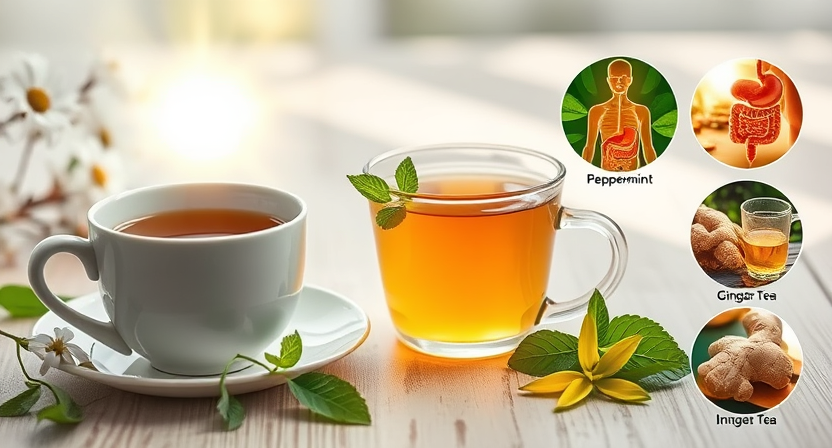
Herbal tea has been consumed for centuries due to its potential health benefits. One of the most well-known benefits of herbal tea is its antioxidant properties. Antioxidants help to protect the body from harmful free radicals and reduce oxidative stress, which can prevent chronic diseases such as heart disease and certain types of cancer. Additionally, herbal teas are often used for their soothing and digestive properties. Chamomile tea, for example, is known for its ability to relieve stomach discomfort and promote relaxation. On the other hand, peppermint tea is believed to aid digestion and alleviate symptoms of irritable bowel syndrome. Although more research is needed to fully understand the extent of the health benefits, incorporating herbal tea into your daily routine may provide a gentle and natural way to support overall well-being.
Another potential health benefit of herbal tea is its ability to boost the immune system. Many herbal teas, such as echinacea and ginger, are rich in vitamins and minerals that are vital for a healthy immune system. By consuming herbal tea regularly, you may enhance your body’s ability to fight off infections and illnesses. Moreover, herbal teas are often praised for their calming effects on the mind and body. For instance, lavender tea is commonly used as a natural remedy for stress and anxiety due to its relaxing properties. Similarly, herbal blends like lemon balm and passionflower tea are believed to promote better sleep and alleviate insomnia. Incorporating herbal tea into your daily routine may not only provide potential health benefits but also create a moment of relaxation in your busy life.
• Herbal tea has antioxidant properties that can protect the body from free radicals and reduce oxidative stress.
• Chamomile tea is known for its soothing and digestive properties, relieving stomach discomfort and promoting relaxation.
• Peppermint tea aids digestion and alleviates symptoms of irritable bowel syndrome.
• Herbal teas like echinacea and ginger can boost the immune system by providing essential vitamins and minerals.
• Lavender tea is a natural remedy for stress and anxiety due to its calming effects on the mind and body.
• Blends like lemon balm and passionflower tea promote better sleep and alleviate insomnia.
• Incorporating herbal tea into your daily routine may provide potential health benefits while creating a moment of relaxation.
The Art of Brewing Herbal Tea: Tips and Techniques
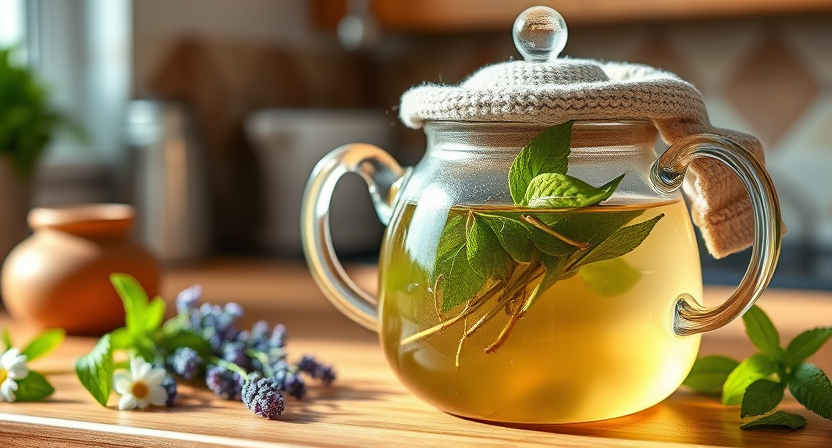
When it comes to brewing herbal tea, it’s important to keep in mind a few tips and techniques to ensure the best flavor and aroma. Firstly, always use fresh, high-quality herbs for the best results. Whether you’re using loose herbs or tea bags, make sure they are stored in a cool, dry place to maintain their freshness. To brew herbal tea, start by heating fresh, filtered water to the recommended temperature. Different herbs require different temperatures, so it’s essential to follow the instructions provided for the specific type of herbal tea you’re brewing. Once the water is heated, pour it over the herbs and let it steep for the recommended amount of time. While steeping, cover the brewing vessel with a lid or a tea cozy to lock in the flavors and aromas. Finally, when the steeping time is up, strain the tea and enjoy it while it’s still hot for the best taste experience.
In addition to these brewing techniques, there are a few extra tips that can further enhance your herbal tea experience. One such tip is to experiment with different herb blends or add-ins to create your own unique flavors. You can mix different herbs, such as chamomile and lavender, or add a slice of lemon or a sprig of mint for an extra refreshing twist. Another tip is to pay attention to the water-to-herb ratio to ensure the right balance of flavors. Too much herb may make the tea overpowering, while too little may result in a weak brew. Lastly, when serving herbal tea, consider using a clear glass or a translucent teapot to appreciate the vibrant colors and beauty of the infused herbs. By following these tips and techniques, you can elevate your herbal tea brewing skills and savor a delightful cup of aromatic goodness.
• Always use fresh, high-quality herbs for the best flavor and aroma
• Store herbs in a cool, dry place to maintain freshness
• Heat water to the recommended temperature based on the specific herb being used
• Pour hot water over herbs and let it steep for the recommended amount of time
• Cover brewing vessel with a lid or tea cozy while steeping to lock in flavors and aromas
• Strain the tea before serving and enjoy it while hot for optimal taste experience
Additional tips:
• Experiment with different herb blends or add-ins to create unique flavors
• Pay attention to the water-to-herb ratio for balanced flavors
• Consider using clear glass or translucent teapot when serving herbal tea to appreciate colors and beauty of infused herbs
Unveiling the Herbal Tea Culture Around the Globe
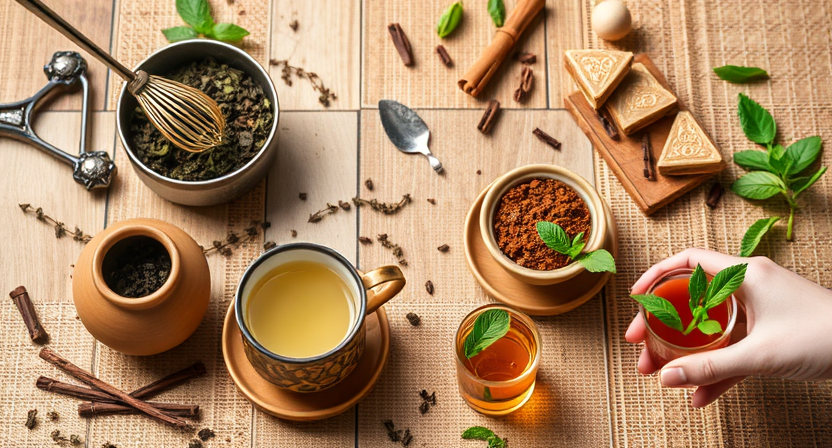
As herbal tea continues to gain popularity around the world, it is fascinating to uncover the diverse and rich cultures that have embraced this beverage. From China to India, and from Morocco to Japan, each country has its own unique traditions and rituals associated with herbal tea. In China, for example, tea ceremonies are steeped in ancient customs and are considered a symbol of hospitality and respect. The Japanese, on the other hand, have perfected the art of matcha tea preparation, meticulously grinding green tea leaves into a fine powder and using special utensils to whisk the tea to perfection.
In India, herbal tea takes on a spicy and aromatic character with the addition of traditional spices such as cardamom, cinnamon, and ginger. Known as masala chai, this tea is a staple in Indian households and is often enjoyed throughout the day. Moroccan culture also celebrates the joy of herbal tea, with the traditional mint tea being a symbol of hospitality and friendship. The tea is prepared with fresh mint leaves and green tea, and is served in small glasses with a generous amount of sugar. These are just a few examples of the diverse and vibrant herbal tea cultures that can be found around the globe, each offering a unique and delightful tea experience to savor.
• In China, tea ceremonies are steeped in ancient customs and are considered a symbol of hospitality and respect.
• The Japanese have perfected the art of matcha tea preparation, grinding green tea leaves into a fine powder and using special utensils to whisk the tea to perfection.
• In India, herbal tea takes on a spicy and aromatic character with the addition of traditional spices such as cardamom, cinnamon, and ginger. Known as masala chai, this tea is a staple in Indian households.
• Moroccan culture celebrates the joy of herbal tea with traditional mint tea being a symbol of hospitality and friendship. It is prepared with fresh mint leaves and green tea, served in small glasses with sugar.
• These diverse cultures offer unique experiences for herbal tea enthusiasts around the world.
Herbal Tea for Relaxation and Stress Relief
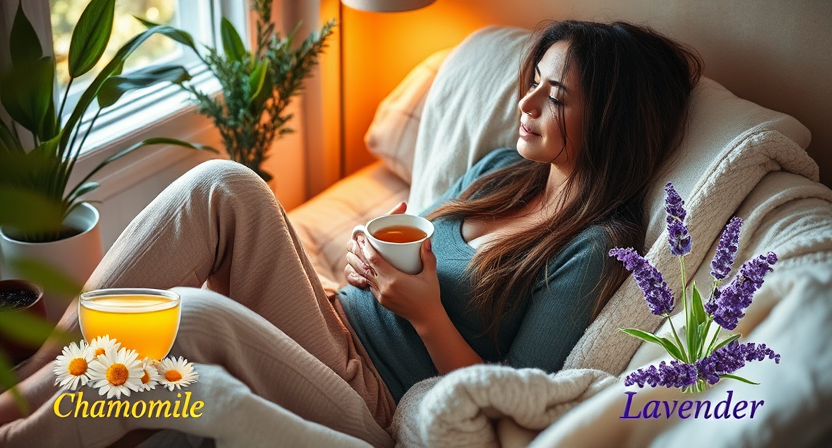
When it comes to finding natural remedies for relaxation and stress relief, herbal tea has been a popular choice for centuries. Whether sipped in a cozy nook or enjoyed as part of a soothing evening routine, herbal tea offers a calming and comforting experience. With its gentle flavors and aromatic notes, it provides a moment of respite and tranquility in our busy lives.
The therapeutic properties of herbal tea can be attributed to the various herbs and plants used in its composition. Chamomile, for instance, is known for its soothing properties that help to promote relaxation and alleviate anxiety. Similarly, lavender tea is often hailed for its ability to reduce stress and induce a sense of calm. By incorporating these herbal brews into our daily routines, we can create a peaceful oasis in the midst of our hectic lives, allowing ourselves to unwind and recharge.
• Herbal tea has been used for centuries as a natural remedy for relaxation and stress relief.
• Sipping herbal tea in a cozy nook or as part of an evening routine can provide a calming and comforting experience.
• The therapeutic properties of herbal tea come from the various herbs and plants used in its composition.
• Chamomile is known for its soothing properties that promote relaxation and alleviate anxiety.
• Lavender tea is often praised for its ability to reduce stress and induce calmness.
• Incorporating these herbal brews into our daily routines can create a peaceful oasis, allowing us to unwind and recharge.
Herbal Tea as a Natural Remedy for Common Ailments
Herbal tea has been used for centuries as a natural remedy for various common ailments. From soothing an upset stomach to relieving cold and flu symptoms, herbal teas offer a gentle yet effective approach to healing. One of the most popular herbal teas used as a natural remedy is chamomile tea. Known for its calming properties, chamomile tea is often recommended for reducing anxiety and promoting better sleep. Its anti-inflammatory properties can also help soothe digestive issues such as bloating and indigestion.
Another herbal tea commonly used for its healing properties is peppermint tea. With its refreshing flavor and menthol content, peppermint tea is often used to alleviate digestive discomfort, including symptoms of irritable bowel syndrome (IBS). Its soothing effects on the muscles of the gastrointestinal tract helps to relieve cramps and reduce gas. In addition, peppermint tea is believed to have antimicrobial properties, making it a popular choice for combating bad breath and promoting oral health.
• Chamomile tea is known for its calming properties and can help reduce anxiety and promote better sleep.
• Chamomile tea has anti-inflammatory properties that can soothe digestive issues such as bloating and indigestion.
• Peppermint tea is often used to alleviate digestive discomfort, including symptoms of irritable bowel syndrome (IBS).
• The menthol content in peppermint tea helps to relieve cramps and reduce gas in the gastrointestinal tract.
• Peppermint tea is believed to have antimicrobial properties, making it effective for combating bad breath and promoting oral health.
Exploring the Flavors and Aromas of Herbal Tea
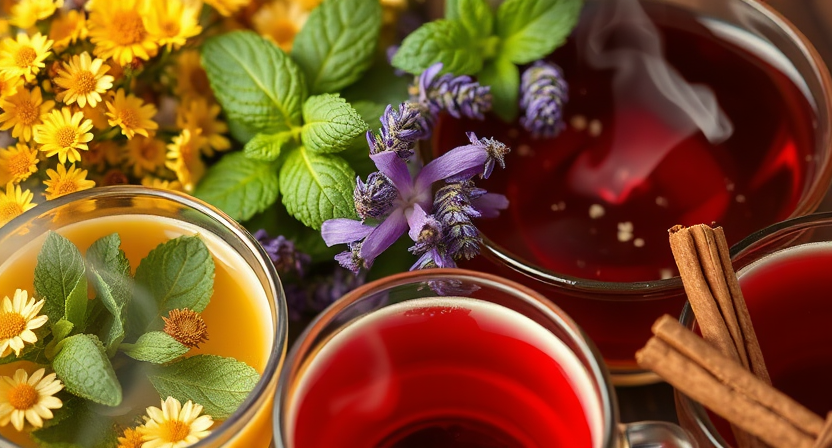
Herbal tea is renowned for its diverse range of flavors and aromas, each enticing in its own unique way. From delicate floral notes to robust earthy undertones, there is a flavor profile to suit every palate. The infusion of various herbs, flowers, fruits, and spices creates a symphony of tastes that can awaken the senses and transport you to different regions of the world.
One of the most popular flavors of herbal tea is chamomile. Known for its soothing properties, chamomile tea has a mild and floral taste, reminiscent of fresh flowers on a summer’s day. Peppermint tea, on the other hand, offers a cooling and refreshing sensation with its invigorating minty flavor. The infusion of lavender petals creates a calming blend with a subtly sweet and floral aroma. Whether you prefer the tartness of hibiscus or the warmth of cinnamon, exploring the flavors and aromas of herbal tea is like embarking on a delicious journey of discovery.
• Chamomile tea: Mild and floral taste, reminiscent of fresh flowers on a summer’s day.
• Peppermint tea: Cooling and refreshing sensation with invigorating minty flavor.
• Lavender tea: Calming blend with subtly sweet and floral aroma.
• Hibiscus tea: Tartness adds a tangy twist to the flavor profile.
• Cinnamon tea: Warmth and spice create a comforting and cozy experience.
The Ritual of Tea: Enjoying Herbal Tea Mindfully
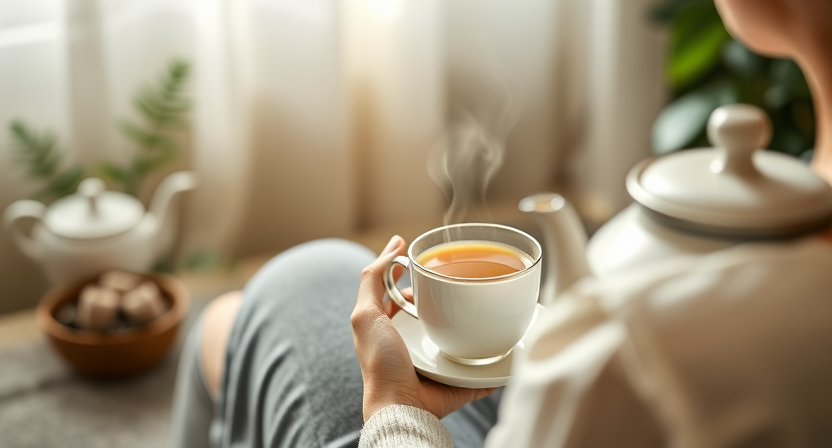
When it comes to enjoying herbal tea mindfully, the ritual aspect plays a significant role. Taking time out of your day to prepare a cup of herbal tea can be a moment of reflection and relaxation. The process of brewing the tea, selecting the herbs, and choosing the perfect cup can all contribute to a sense of mindfulness and presence in the moment.
Mindful tea drinking involves being fully present and engaged in the experience. This means savoring each sip, noticing the flavors and aromas, and paying attention to how the tea makes you feel. It’s about creating a space for yourself, away from distractions, where you can truly immerse yourself in the experience of enjoying a warm cup of herbal tea.
• Taking time out of your day to prepare a cup of herbal tea can be a moment of reflection and relaxation
• The process of brewing the tea, selecting the herbs, and choosing the perfect cup can contribute to mindfulness
• Mindful tea drinking involves being fully present and engaged in the experience
• Savoring each sip, noticing flavors and aromas, and paying attention to how the tea makes you feel
• Creating a space for yourself away from distractions to truly immerse in enjoying herbal tea.
Herbal Tea for a Sustainable Lifestyle: Eco-friendly Choices
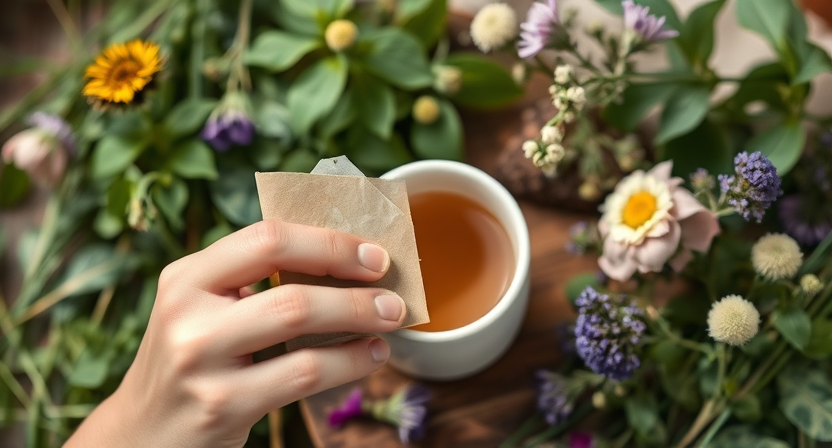
As more people become conscious of their impact on the planet, they are seeking out eco-friendly choices in every aspect of their lives, including their beverage choices. Herbal tea offers a sustainable option for those looking to reduce their environmental footprint. Unlike traditional tea, which is often grown using pesticides and synthetic fertilizers, herbal tea is made from a variety of plants and flowers that are naturally grown and harvested. This means that there is no need for harmful chemicals, making herbal tea a more eco-friendly choice.
Furthermore, herbal tea is often packaged in biodegradable materials such as paper or compostable tea bags, reducing the amount of waste that ends up in landfills. Additionally, many herbal teas can be sourced locally, which further reduces the carbon footprint associated with transportation. By choosing herbal tea for a sustainable lifestyle, individuals can enjoy their favorite beverage while minimizing their impact on the environment.
• Herbal tea is made from naturally grown and harvested plants and flowers, eliminating the need for harmful chemicals.
• Packaging of herbal tea often includes biodegradable materials such as paper or compostable tea bags.
• Sourcing herbal teas locally reduces the carbon footprint associated with transportation.
• Choosing herbal tea helps individuals enjoy their favorite beverage while minimizing their impact on the environment.


